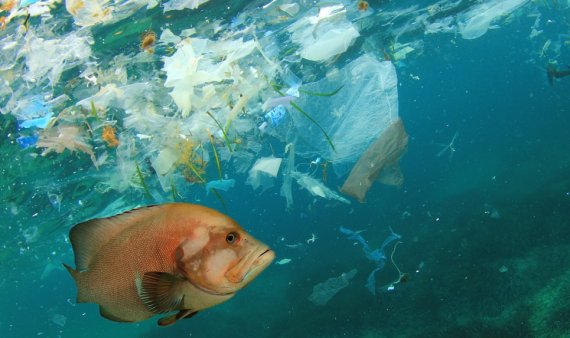The experts, headed by WUR professor Bart Koelmans (Aquatic Ecology and Water Quality Management) conducted a meta-study for the European Union. It will serve as the basis for any measures that Europe takes to curb plastic pollution.
‘In some coastal zones, concentrations of microplastics and nanoplastics have been measured that could be harmful to some sensitive species. These are marine systems close to densely populated areas,’ explains Koelmans. There are no measurement data for many other areas, and much is still unknown about the risks from plastic particles, agrees Koelmans.
If we carry on like this, it is plausible that microplastics and nanoplastics will become a big problem.
That is why Koelmans is not prepared to call the study’s conclusions reassuring. ‘It would be reassuring if you could say that it is not that bad now and there won’t be any problems in the future either. It is not so bad yet but if we carry on like this, it is plausible that microplastics and nanoplastics will become a big problem.’

The scientists are therefore advocating intensive monitoring of developments. According to Koelmans, the methods for measuring plastic particles and assessing risks are still in their infancy. ‘We know what to do for tradition pollution but not yet what to do for plastics.’
Koelmans also points out that the general public does see plastic pollution as a problem. ‘’It might not yet be a problem from a scientific perspective, but the general public finds microplastics and nanoplastics in the environment worrying and alarming. That is partly because it is an invisible problem.’
A transition to a sustainable relationship with plastic is needed to prevent the risks from getting out of hand. Koelmans: ‘That means, for example, banning or phasing out certain plastics that easily form microplastics. We also need to close the waste cycle for plastics.’ The third focal area in the approach is awareness, says Koelmans. ‘So that people make different choices.’

 Photo: Shutterstock
Photo: Shutterstock